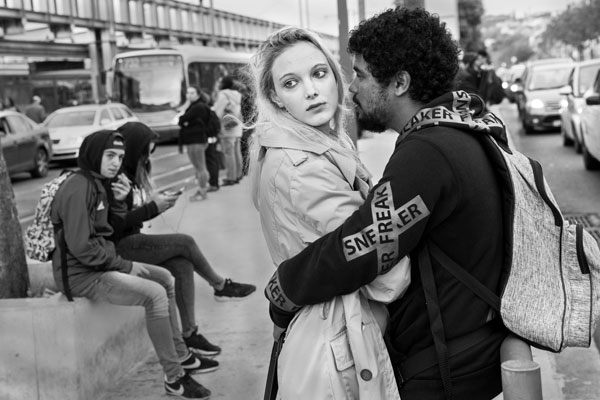All About Framing Streets
All About Framing Streets
Blog Article
How Framing Streets can Save You Time, Stress, and Money.
Table of ContentsThe Greatest Guide To Framing StreetsThe Only Guide for Framing StreetsFraming Streets Fundamentals ExplainedThe Basic Principles Of Framing Streets The Main Principles Of Framing Streets Unknown Facts About Framing Streets
, normally with the purpose of recording pictures at a crucial or poignant minute by cautious framing and timing. https://pubhtml5.com/homepage/jtdxv/.
, that was motivated to embark on a similar paperwork of New York City. As the city created, Atget assisted to advertise Parisian streets as a deserving topic for photography.

What Does Framing Streets Do?
Between 1946 and 1957 Le Groupe des XV annually exhibited work of this kind. Andre Kertesz. Circus, Budapest, 19 May 1920 Street digital photography created the significant web content of 2 exhibits at the Museum of Modern Art (Mo, MA) in New York curated by Edward Steichen, Five French Photographers: Brassai; Cartier-Bresson, Doisneau, Ronis, Izis in 1951 to 1952, and Post-war European Photography in 1953, which exported the concept of street photography internationally.

The smart Trick of Framing Streets That Nobody is Discussing
The recording maker was 'a covert try this website cam', a 35 mm Contax hidden underneath his layer, that was 'strapped to the breast and attached to a lengthy cord strung down the right sleeve'. His job had little contemporary impact as due to Evans' sensitivities regarding the originality of his job and the privacy of his topics, it was not published up until 1966, in the book Numerous Are Called, with an intro composed by James Agee in 1940.
Helen Levitt, after that an instructor of young children, connected with Evans in 193839. She recorded the transitory chalk illustrations - Street photography hashtags that became part of children's road culture in New York at the time, along with the children who made them. In July 1939, Mo, MA's brand-new digital photography section consisted of Levitt's operate in its inaugural eventRobert Frank's 1958 book,, was considerable; raw and often indistinct, Frank's photos questioned conventional digital photography of the moment, "challenged all the formal rules laid down by Henri Cartier-Bresson and Pedestrian Evans" and "flew in the face of the wholesome pictorialism and heartfelt photojournalism of American publications like LIFE and Time".
Report this page